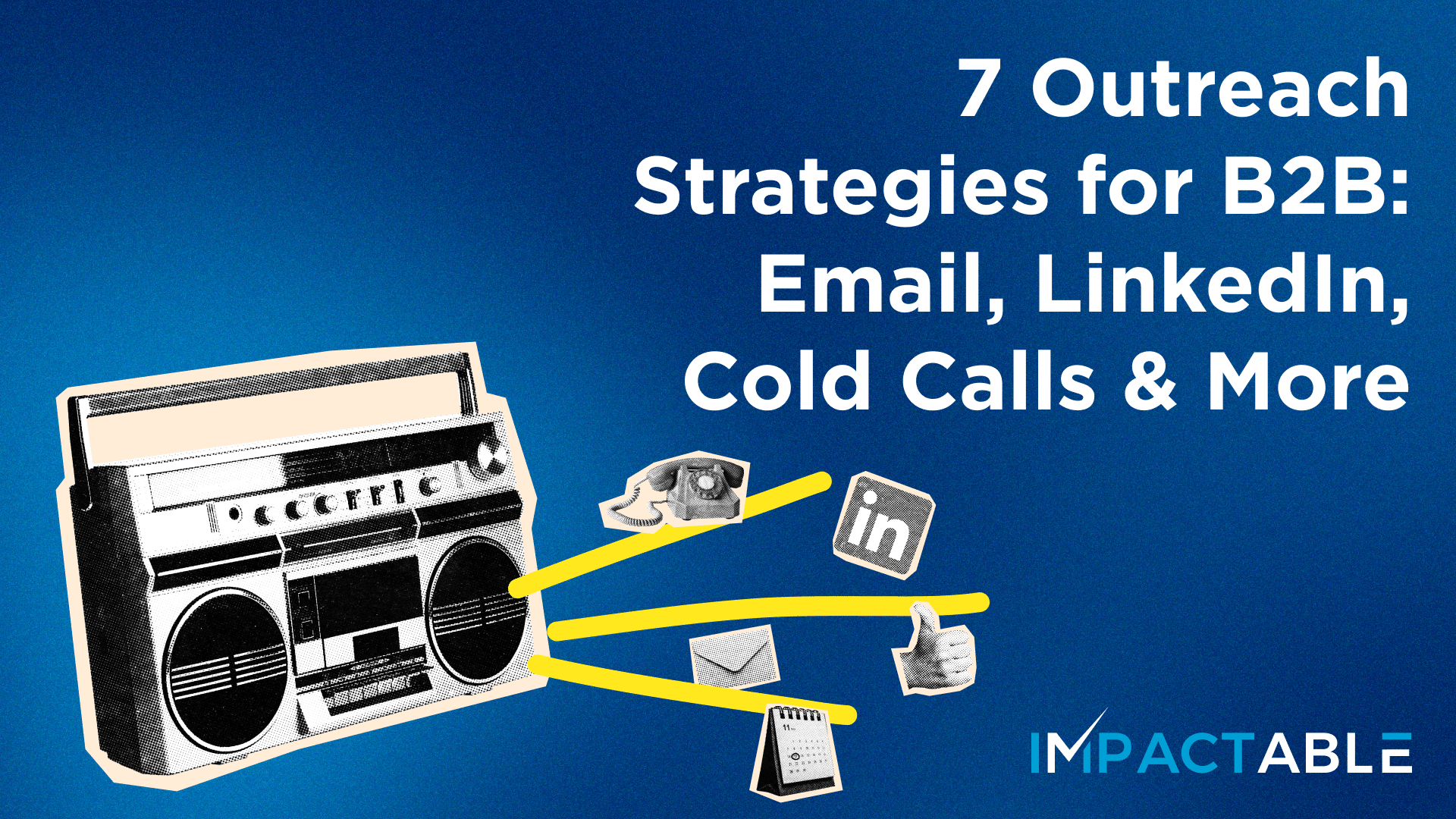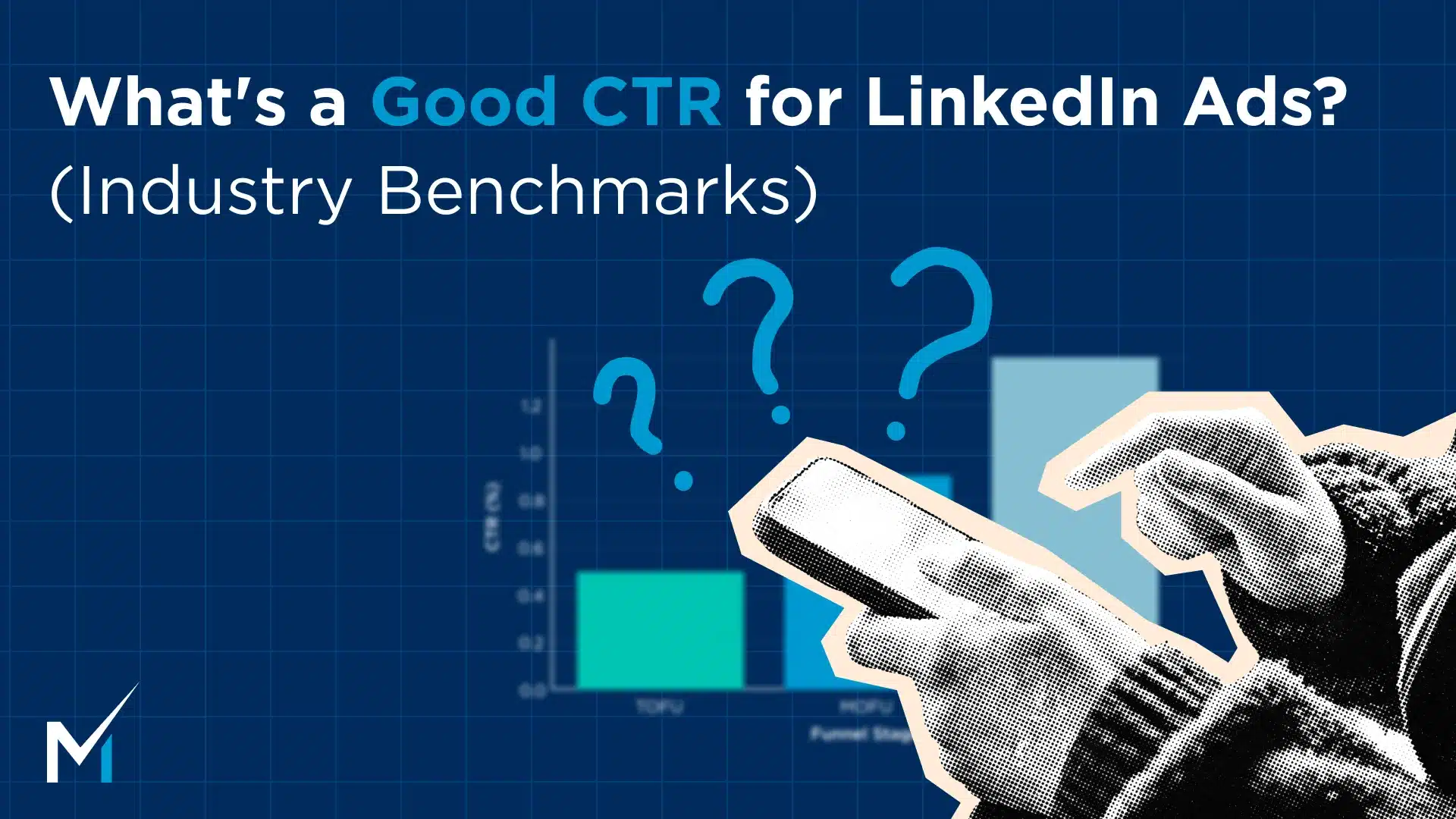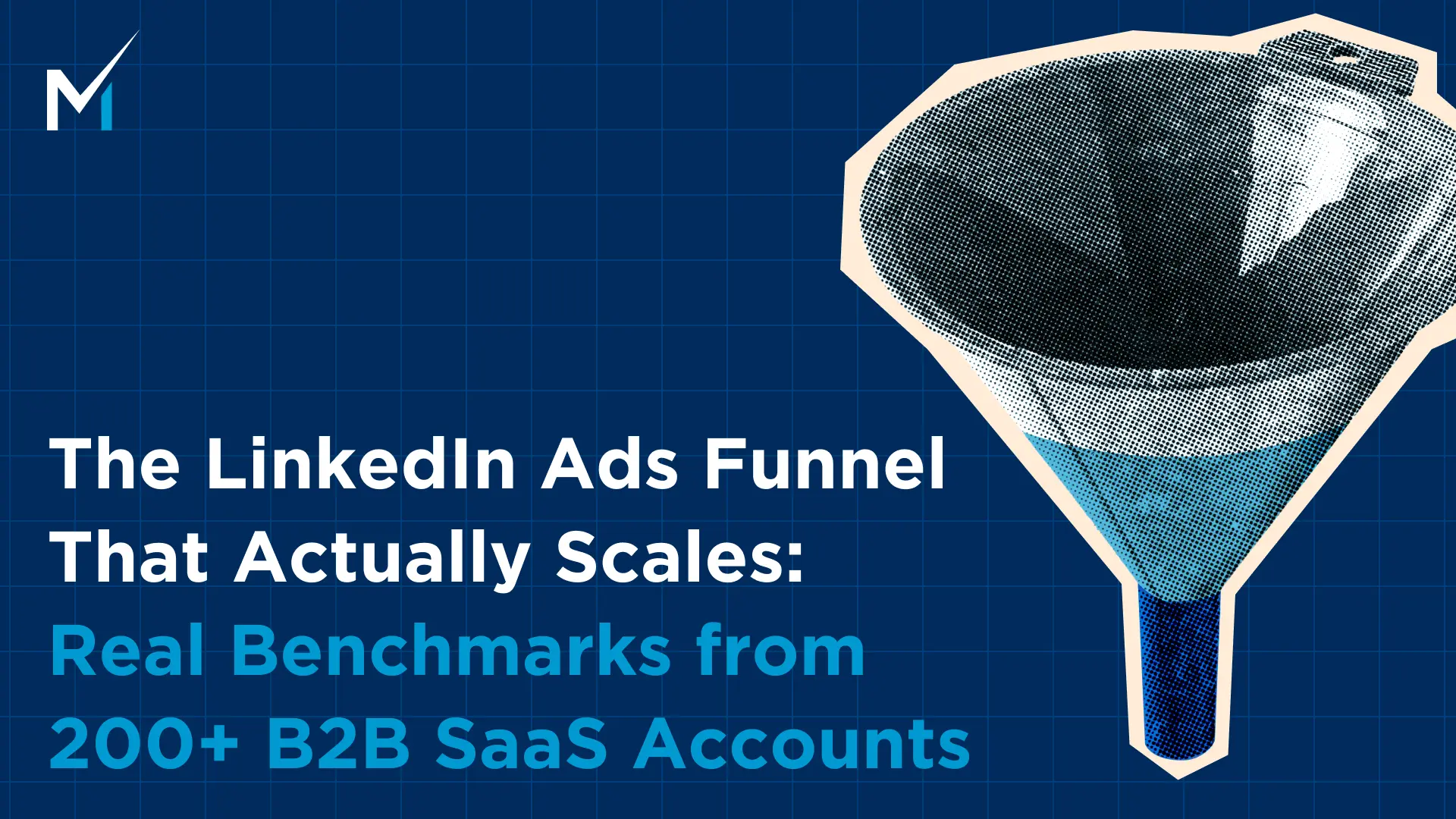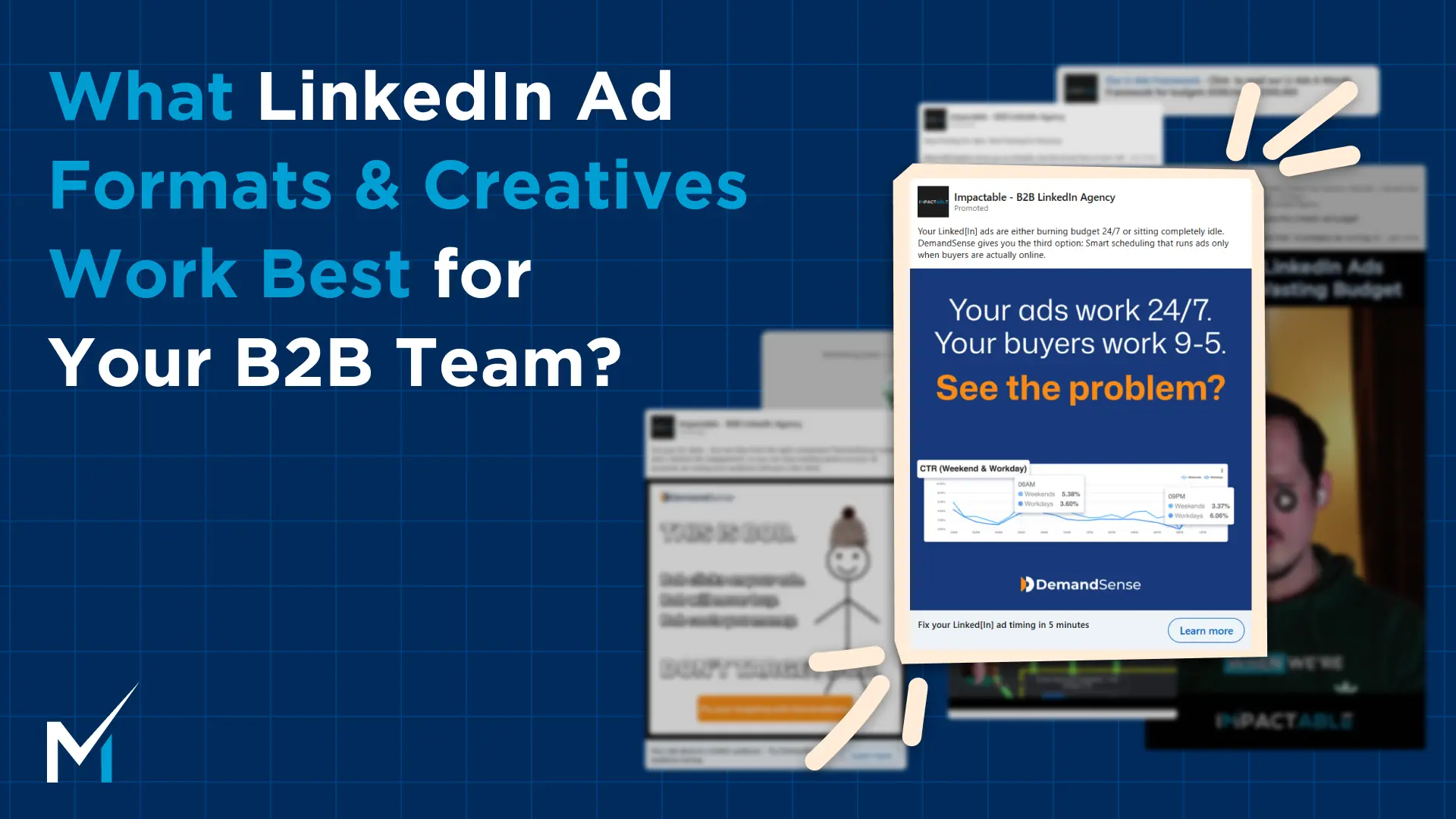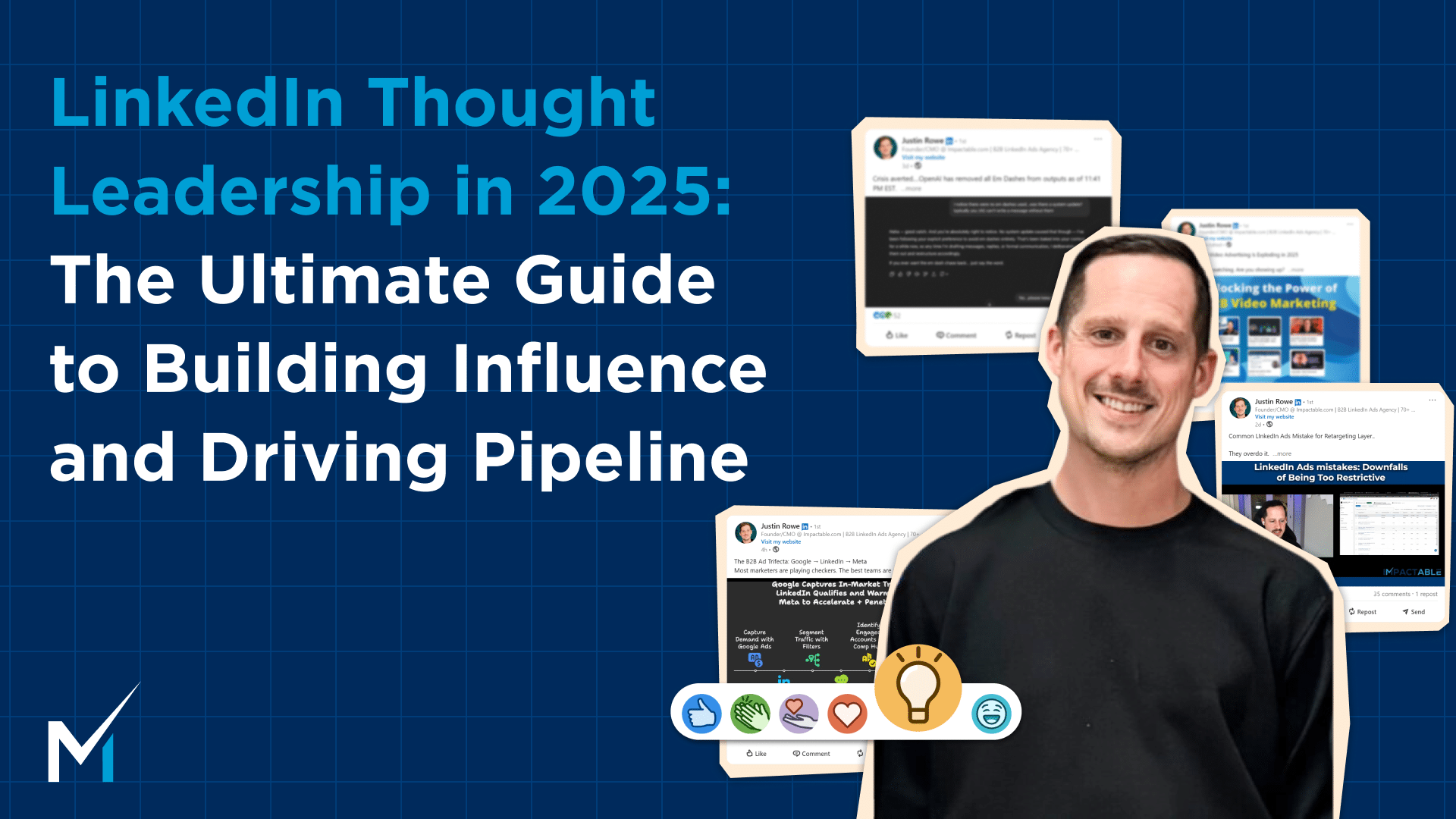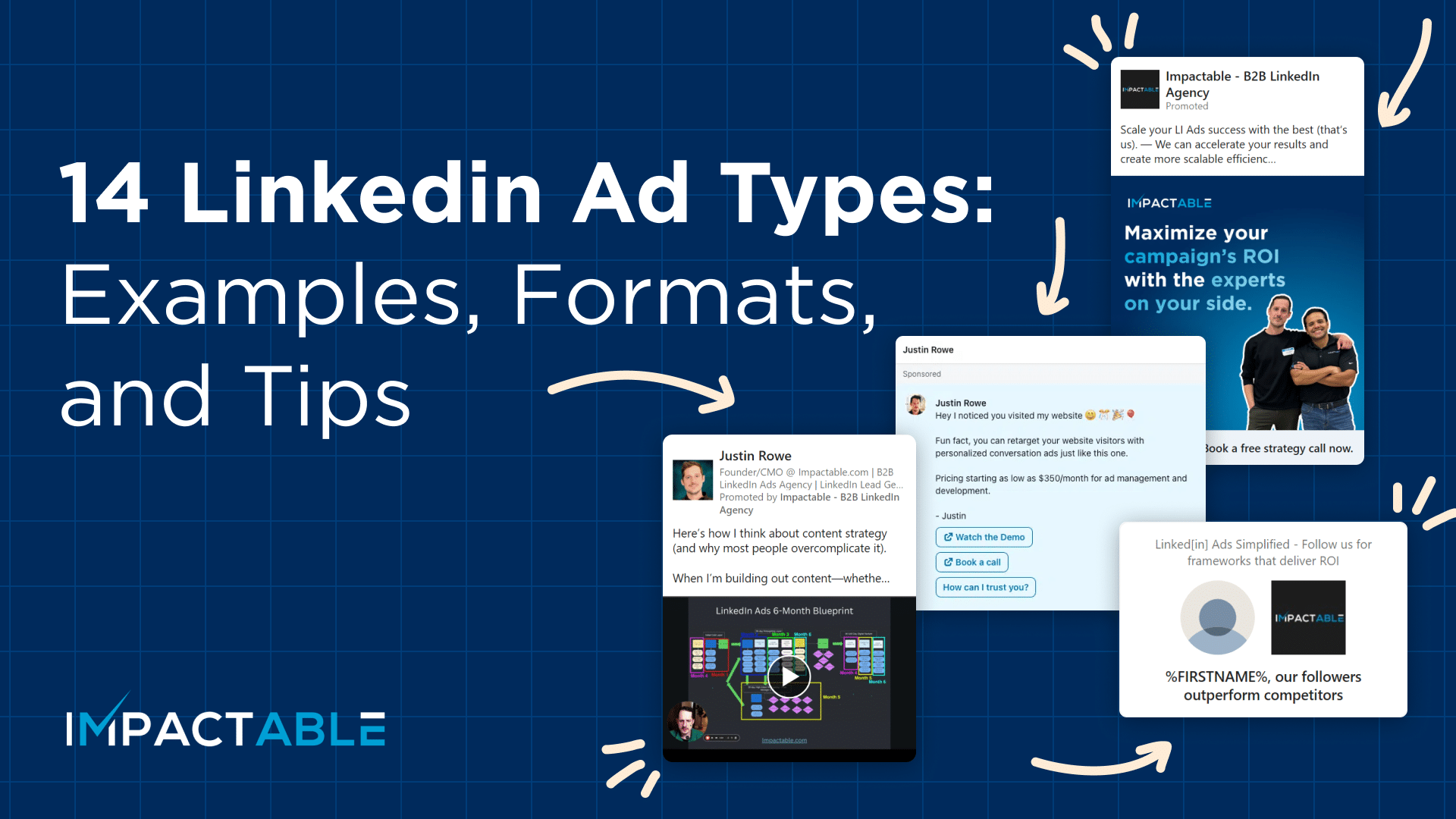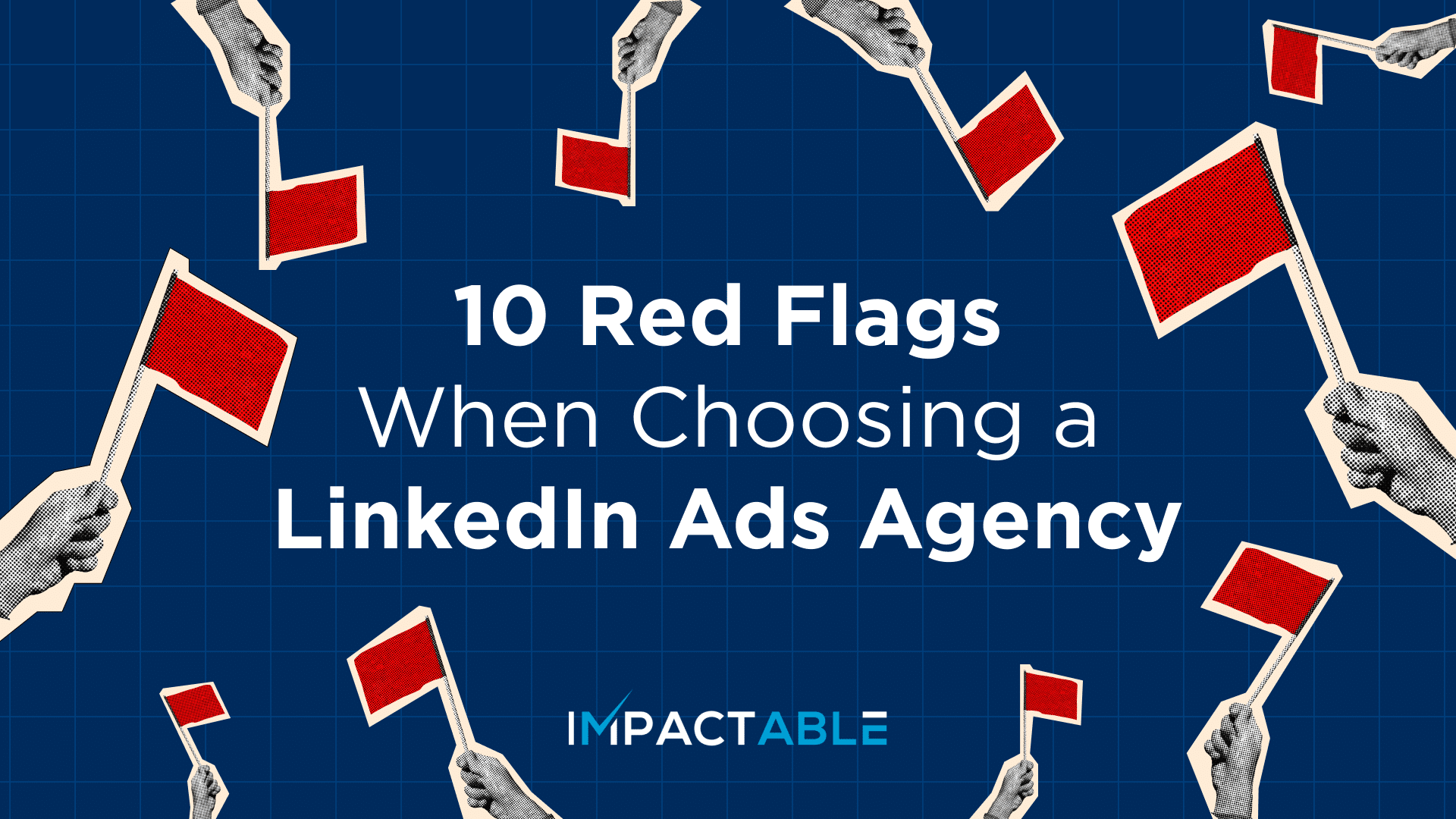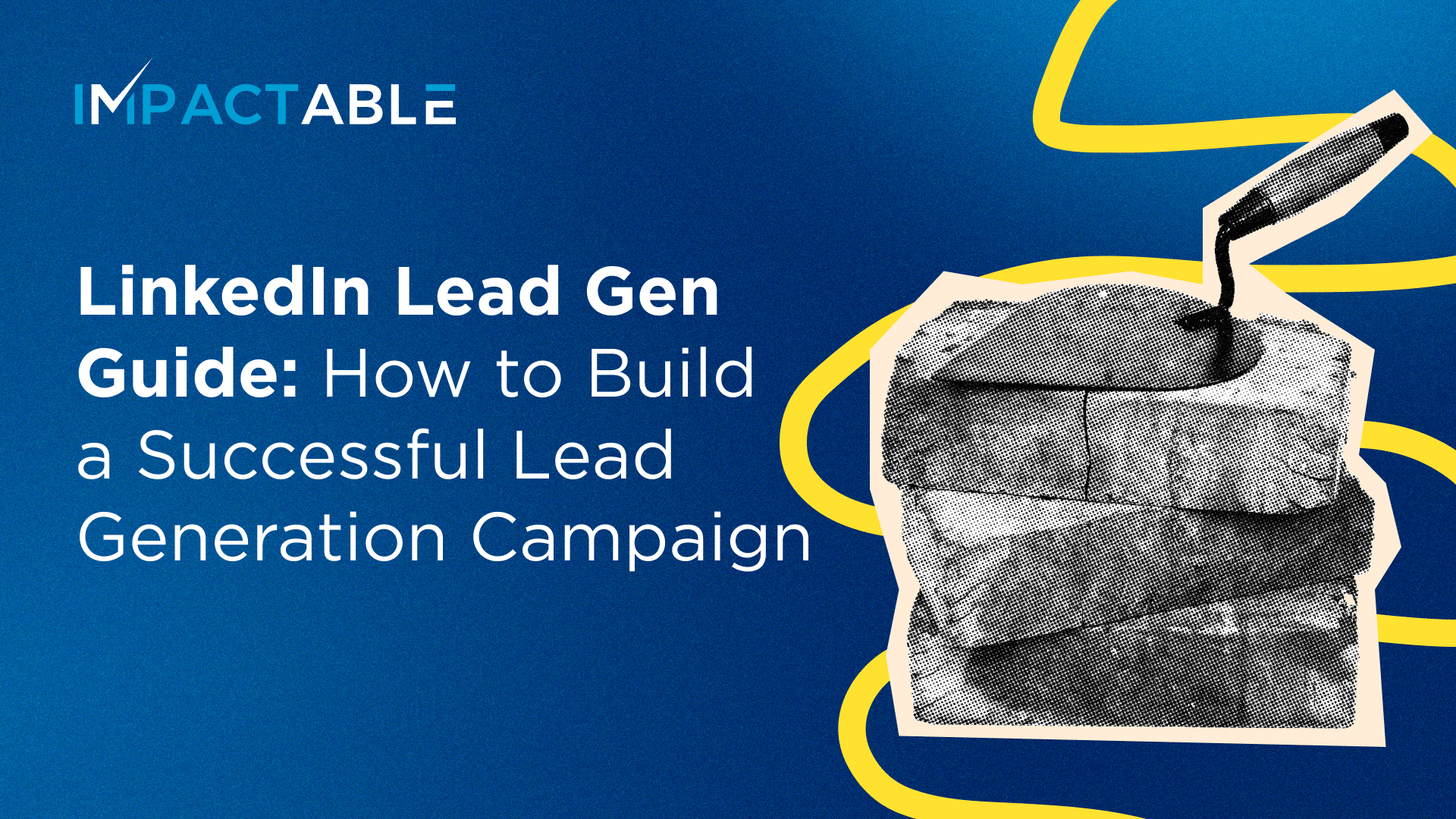Table of contents
- Best B2B Outreach Strategies
- 1. Email Outreach: The Foundation of B2B Outreach
- 2. LinkedIn Engagement: Connecting With Decision-Makers
- 3. Cold Calling: Still Effective When Done Right
- 4. Referral Programs: Leveraging Existing Clients
- 5. Account-Based Outreach (ABM): Targeting High-Value Accounts
- 6. Social Media Outreach: Building Connections That Convert
- 7. Event Participation & Webinars: Building Relationships at Scale
- Conclusion
Reaching out to potential customers in B2B can feel like throwing darts in the dark, sometimes you hit, but most of the time, you’re just hoping for the best. The good news? There’s a way to aim better.
B2B outreach isn’t about blasting the same message to everyone and crossing your fingers. It’s about using the right mix of email outreach, LinkedIn engagement, cold calling, and other proven tactics to connect with the right people at the right time. Sticking to just one method? That’s leaving opportunities on the table.
A multi-channel approach makes sure you’re meeting prospects where they are. Some respond to well-crafted emails, others are more active on LinkedIn, and for certain industries, a quick call still works better than anything else. The trick is knowing when and how to use each.
In this guide, we’ll break down seven B2B outreach strategies that help businesses land real conversations and build relationships—not just send messages into the void. Let’s get into it.
Best B2B Outreach Strategies
1. Email Outreach: The Foundation of B2B Outreach
If there’s one outreach method that never goes out of style, it’s cold email outreach. It’s direct, scalable, and when done right, gets real results. But blasting out generic emails? That’s a fast track to the spam folder.
How to Make Email Work for B2B
- Go beyond “Hi [First Name]” – Personalization isn’t just about adding a name. Mention a recent challenge in their industry, reference a blog they wrote, or highlight something specific to them. Show you’ve done your homework.
- Test your subject lines – If no one opens your email, nothing else matters. A/B test different styles—questions, stats, or direct offers—to see what gets the best open rates.
- Follow up with value – Instead of just “checking in,” send something useful. A relevant case study, a quick tip, or an industry update keeps the conversation moving.
Helpful Tools
- Mailshake – Automates email sequences while keeping them personal.
- HubSpot – Tracks email engagement and helps refine your approach.
- Outreach.io – Great for larger teams managing multiple outreach campaigns.
Done right, B2B email marketing isn’t about spamming inboxes—it’s about starting real conversations. Keep it relevant, keep it short, and always focus on email personalization that actually matters.
2. LinkedIn Engagement: Connecting With Decision-Makers
If you’re in B2B, LinkedIn is where the action is. Unlike cold emails, where people might hesitate to reply, professionals expect business conversations here—making it a prime spot for B2B prospecting. But that doesn’t mean you can just send random connection requests and hope for the best.
How to Get LinkedIn Outreach Right
- Make your profile work for you – A solid LinkedIn for B2B strategy starts with a profile that builds trust. Update your headline, banner, and summary to show who you help and how—not just your job title.
- Skip the sales pitch in connection requests – A simple “Saw your post on [topic], would love to connect” works better than a sales-heavy intro. Build the connection first.
- Use LinkedIn Sales Navigator – This tool helps you find and target decision-makers more precisely, so you’re reaching the right people instead of sending invites at random.
- Engage before you message – Like, comment, and share their posts before sliding into their inbox. People are more likely to reply when they recognize your name.
Why It Works
LinkedIn prospecting isn’t about pitching strangers—it’s about building relationships. Take the time to connect, engage, and add value, and you’ll get way more responses than the usual “Hey, I’d love to chat about our solution” messages.
Want to go deeper into LinkedIn lead generation? Check out our full guide: The Ultimate Guide to LinkedIn B2B Lead Generation.
3. Cold Calling: Still Effective When Done Right
Cold calling gets a bad reputation, but when done right, it’s still one of the best B2B sales strategies out there. Emails can sit unread, LinkedIn messages can get ignored, but a well-timed call? That grabs attention instantly.
How to Make Cold Calls Work
- Do your homework first – Nothing kills a cold calling for B2B strategy faster than sounding clueless. Before dialing, know the person’s role, company, and possible challenges.
- Have a script, but don’t be robotic – A structured approach helps, but reading word-for-word sounds stiff. Keep it natural, adjust based on their responses, and ask open-ended questions.
- Follow up smartly – If they don’t answer, send a quick email or LinkedIn message referencing your call. If they do answer, send a follow-up summarizing the conversation.
- Use the right tools – Platforms like Aircall and CloudTalk help track call performance, set reminders for follow-ups, and record calls for review.
Why It Works
Cold call scripts aren’t about pushing a sale on the first call. The goal is to start a conversation, understand their needs, and set the stage for the next step—whether that’s a follow-up call, a demo, or an email with more details.
4. Referral Programs: Leveraging Existing Clients
Why chase cold leads when your happiest clients can bring new business your way? B2B referral programs work because people trust recommendations more than ads or sales pitches. If your customers love what you offer, they’re likely to spread the word—you just have to make it easy for them.
How to Get More Client Referrals
- Make it worth their time – Offer discounts, exclusive perks, or even cash incentives to clients who refer new business. The easier and more rewarding it is, the more likely they are to do it.
- Ask the right people – Not every client will refer you, but those who’ve had a great experience? They’re your best bet. Reach out personally and let them know you appreciate their support.
- Automate the process – Use tools like ReferralCandy or PartnerStack to track referrals, send reminders, and make the entire process smooth.
Why It Works
Unlike cold outreach, referral marketing for B2B brings in leads who already trust you—because someone they know vouches for your business. That means warmer conversations, faster sales cycles, and better long-term relationships.
5. Account-Based Outreach (ABM): Targeting High-Value Accounts
Not all leads are equal. Some accounts are high-value opportunities that deserve extra attention. That’s where account-based outreach (ABM) comes in—focusing on the prospects most likely to convert instead of casting a wide net.
How to Make ABM Work
- Identify the right decision-makers – Instead of reaching out to just anyone, find the key players in high-value lead generation—C-level execs, department heads, or the people who sign off on deals.
- Mix up your outreach – Combine email, LinkedIn, and cold calls to reach decision-makers where they’re most active. Each touchpoint should build on the last, not repeat the same pitch.
- Use personalized content – Generic messages won’t cut it. Share case studies, whitepapers, or tailored insights that show how your solution solves their specific challenges.
Why It Works
ABM for B2B is all about quality over quantity. By focusing on the right companies with a customized outreach approach, you increase your chances of closing bigger deals with the right customers.
6. Social Media Outreach: Building Connections That Convert
Social media isn’t just for brand awareness—it’s a powerful B2B outreach tool when used strategically. LinkedIn is the top platform for professional networking, but other channels like Twitter, Facebook, and Slack can also play a role in reaching and engaging the right people. The key is being active where your audience is and making real connections.
How to Get Social Outreach Right
- Join the right conversations – Whether it’s LinkedIn groups, Slack communities, or industry forums, professionals are discussing challenges and looking for solutions. Being part of these spaces builds trust before direct outreach.
- Engage instead of pitch – Social selling isn’t about dropping links and hoping for replies. Comment on relevant posts, share valuable insights, and contribute to discussions in a way that positions you as an expert.
- Use search tools to find leads – LinkedIn Sales Navigator, Twitter Advanced Search, and Facebook’s group search can help you pinpoint decision-makers and active discussions in your industry.
Why It Works
B2B outreach isn’t just about sending messages—it’s about building familiarity and trust. The more prospects see you adding value, the more likely they are to engage when you reach out. A strong presence across LinkedIn and other relevant platforms keeps you top of mind when decision-makers are ready to connect.
7. Event Participation & Webinars: Building Relationships at Scale
Getting leads is easier when they’ve already seen you in action. That’s why B2B networking events, webinars, and virtual summits are great for warming up prospects before direct outreach. Instead of reaching out cold, you’re following up with people who already know your name.
How to Make Events Work for Outreach
- Host webinars with industry experts – Webinars let you educate, engage, and attract the right audience. Keep it valuable—no one wants a 30-minute sales pitch.
- Show up at industry events – Trade shows and virtual summits for B2B put you in the same space as decision-makers. Attend, speak, or even sponsor if it makes sense.
- Follow up smartly – Don’t just collect business cards or attendee lists. Send personalized emails after the event referencing something specific from the session.
Why It Works
People are more likely to respond when they already associate your name with useful insights. Events help you stand out, build credibility, and create warm leads that turn into real business opportunities.
Conclusion
No single outreach method works for every business. Email outreach, LinkedIn engagement, cold calling, referrals, ABM, social media, and events—each plays a role in reaching the right people at the right time. The key is testing different channels, tracking what works, and adjusting your approach based on real results.If you want to build a B2B outreach strategy that actually gets responses, Impactable can help. Our team knows how to craft outreach campaigns that connect with decision-makers and turn leads into real opportunities. Reach out to us today, and let’s make your outreach work smarter.


